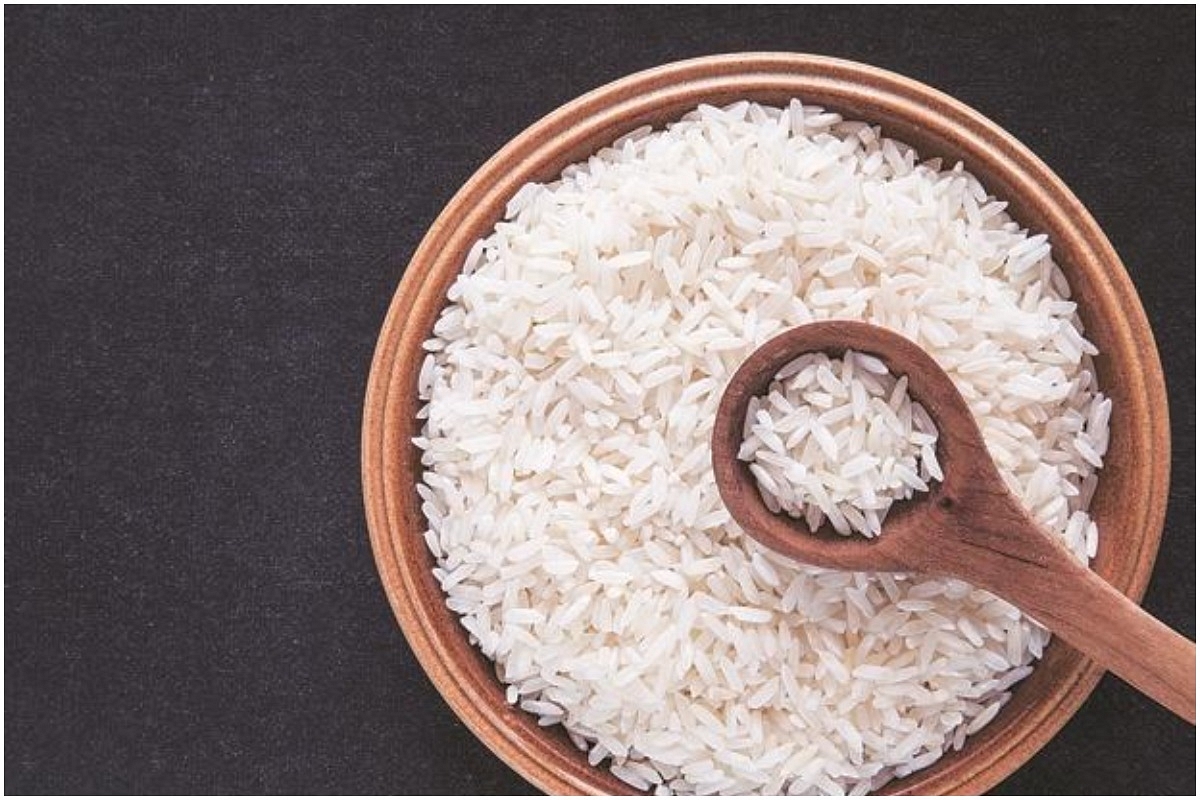Ideas
How Fortification Of Rice Can Be Used To Tackle Malnutrition In India
- According to WHO, fortification is the practice of deliberately increasing the content of an essential micronutrient, i.e. vitamins and minerals in a food, so as to improve the nutritional quality of the food supply and provide a public health benefit with minimal risk to health.

Rice
Prime Minister Narendra Modi in his Independence Day speech announced the fortification of rice under the government’s various schemes by 2024.
He stated that this was being done to tackle the problem of malnutrition for which women and children bear the maximum brunt, hindering their development.
According to the World Health Organization (WHO), fortification is the practice of deliberately increasing the content of an essential micronutrient, i.e. vitamins and minerals (including trace elements) in a food, so as to improve the nutritional quality of the food supply and provide a public health benefit with minimal risk to health.
The WHO also recommends fortification as one of the strategies to combat malnutrition.
India is home to about 60 per cent of anaemic preschool children, 50 per cent of anaemic pregnant women, and a quarter of anaemic men.
According to the National Family Health Survey V (NFHS-V) conducted by the Ministry of Health and Family Welfare (MoHFW), there has been an increase in incidence of malnutrition among children in a number of states.
This not just impacts their cognitive and physical abilities as they grow up, but also tends to have an inter-generational effect as children of malnourished parents often end up malnourished themselves.
Fortification of Rice
To address the problems of anaemia and micro-nutrient deficiency, the government had announced a pilot Centrally Sponsored Scheme for fortifying rice in 2019 for a period of three years.
Rice fortification was to be done in one district in each of the 15 states which were selected for this programme and distributed through the Public Distribution Scheme (PDS).
The announcement by the Prime Minister on Independence Day may be signalling the expansion of this scheme to all of India and to all government schemes.
Rice is one of India’s primary staple foods, consumed by over 65 per cent of the population. It also has the highest uptake in government schemes such as Integrated Child Development Services (ICDS), Public Distribution System (PDS), and the Mid Day Meal (MDM).
While food security is the main aim of such schemes, by fortification, nutrition security too can be achieved. According to Food Safety and Standards Authority India (FSSAI), rice would be fortified with Iron, Folic Acid and Vitamin B-12.
Recent research conducted by the Indian Council of Agricultural Research (ICAR) has suggested that over years, the nutrient density of zinc and iron in rice and wheat has reduced.
Moreover, milled rice generally is low in micronutrient content because its nutrient-rich superficial layer is removed during rice milling and polishing operations.
Under the pilot scheme, Gujarat, Uttar Pradesh, Maharashtra, Chhattisgarh, Tamil Nadu and Andhra Pradesh have started distributing fortified rice through PDS and have distributed over 80,000MT of fortified rice till December 2020.
Pilot operations in Gadchiroli district in Maharashtra have successfully proved to reduce the levels of anaemia in women and children.
Challenges
According to the government, there has been a slow pace of distribution in the states, primarily due to less availability of Fortified Rice Kernels (FRK) and blending infrastructure.
Therefore, nine states have set up steering committees to coordinate and monitor the implementation of the pilot scheme. Initiatives to ramp up infrastructure have been taken to increase the number of rice mills with blending infrastructure from 50 to 3,292.
Schemes for fortification of other Food Items
The Government of India currently has in place schemes for fortification of four food items apart from rice. These are edible oils, milk, wheat flour and salt.
According to FSSAI, salt is fortified with iodine and iron, milk and edible oils are fortified with Vitamin A and Vitamin D and wheat flour is fortified with iron, folic acid and Vitamin B-12.
According to guidelines, apart from the three nutrients, wheat can also be fortified with other micro-nutrients which include Zinc, Vitamin A, Vitamin B12, Vitamin B2, Vitamin B3 and Vitamin B6.
Support Swarajya's 50 Ground Reports Project & Sponsor A Story
Every general election Swarajya does a 50 ground reports project.
Aimed only at serious readers and those who appreciate the nuances of political undercurrents, the project provides a sense of India's electoral landscape. As you know, these reports are produced after considerable investment of travel, time and effort on the ground.
This time too we've kicked off the project in style and have covered over 30 constituencies already. If you're someone who appreciates such work and have enjoyed our coverage please consider sponsoring a ground report for just Rs 2999 to Rs 19,999 - it goes a long way in helping us produce more quality reportage.
You can also back this project by becoming a subscriber for as little as Rs 999 - so do click on this links and choose a plan that suits you and back us.
Click below to contribute.
Latest